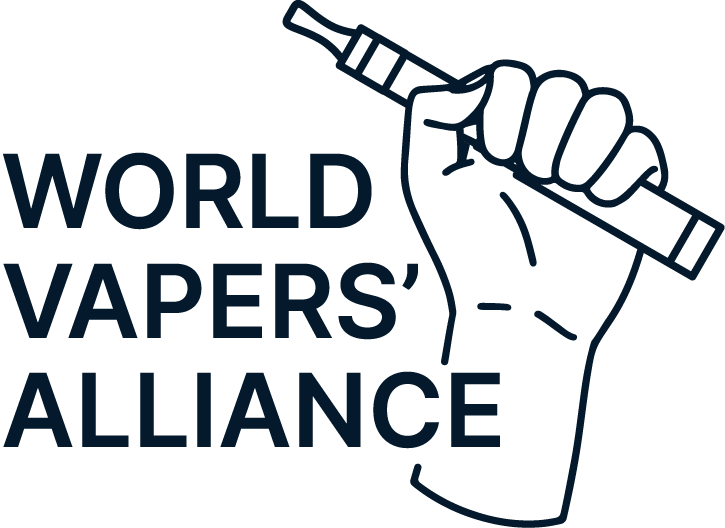Un reciente estudiar Ha generado un intenso debate al afirmar que los sabores del vapeo conllevan posibles riesgos cancerígenos, pero un análisis más profundo revela fallos fundamentales en su metodología. Creemos que es crucial aclarar estos puntos para una comprensión más precisa.
El estudio afirma que la pirólisis, un proceso que implica la descomposición de materiales a altas temperaturas, ocurre durante el vapeo y podría generar compuestos tóxicos. Sin embargo, esta suposición no se ajusta al uso y las condiciones operativas habituales de los cigarrillos electrónicos. Las condiciones modeladas en el estudio no reflejan el uso real de los cigarrillos electrónicos, lo que genera dudas sobre las conclusiones relativas a su toxicidad.
La toxicidad no depende solo de la presencia de ciertos compuestos, sino también de sus concentraciones. El estudio pasa por alto este hecho al centrarse en la mera presencia de estos compuestos en condiciones inducidas artificialmente. Esta omisión distorsiona el perfil de riesgo real de los cigarrillos electrónicos en condiciones de uso normal.
El profesor Konstantinos Farsalinos aporta información valiosa sobre el problema de este enfoque. Señala que si aplicáramos el mismo razonamiento a cualquier alimento cocinado, asumiendo la pirólisis a altas temperaturas, concluiríamos erróneamente que muchos alimentos comunes son cancerígenos. Esta analogía pone de manifiesto que el estudio se centra esencialmente en un ejercicio teórico, en lugar de un análisis del vapeo en el mundo real.
El profesor Roberto Sussman establece una comparación con la industria automotriz, señalando que sugerir que los autos son altamente peligrosos basándose en su capacidad para alcanzar velocidades de 250 km/h es engañoso. Dichas velocidades no son habituales en la conducción diaria, del mismo modo que las condiciones extremas asumidas para el vapeo en el estudio distan mucho del uso general de los cigarrillos electrónicos. Así como los autos no se conducen habitualmente a velocidades de competición, los cigarrillos electrónicos no suelen funcionar de manera que induzcan la pirólisis.
En conclusión, el enfoque del estudio exagera los posibles daños del vapeo al proponer escenarios que no son representativos del uso habitual de los cigarrillos electrónicos. Para quienes no son científicos y desean comprender la validez de este tipo de estudios, es importante reconocer estas exageraciones y centrarse en datos que reflejen las condiciones de uso reales.
Mira esto correo Para un análisis más profundo y una explicación sencilla de estos temas para personas no científicas como yo.








Un comentario